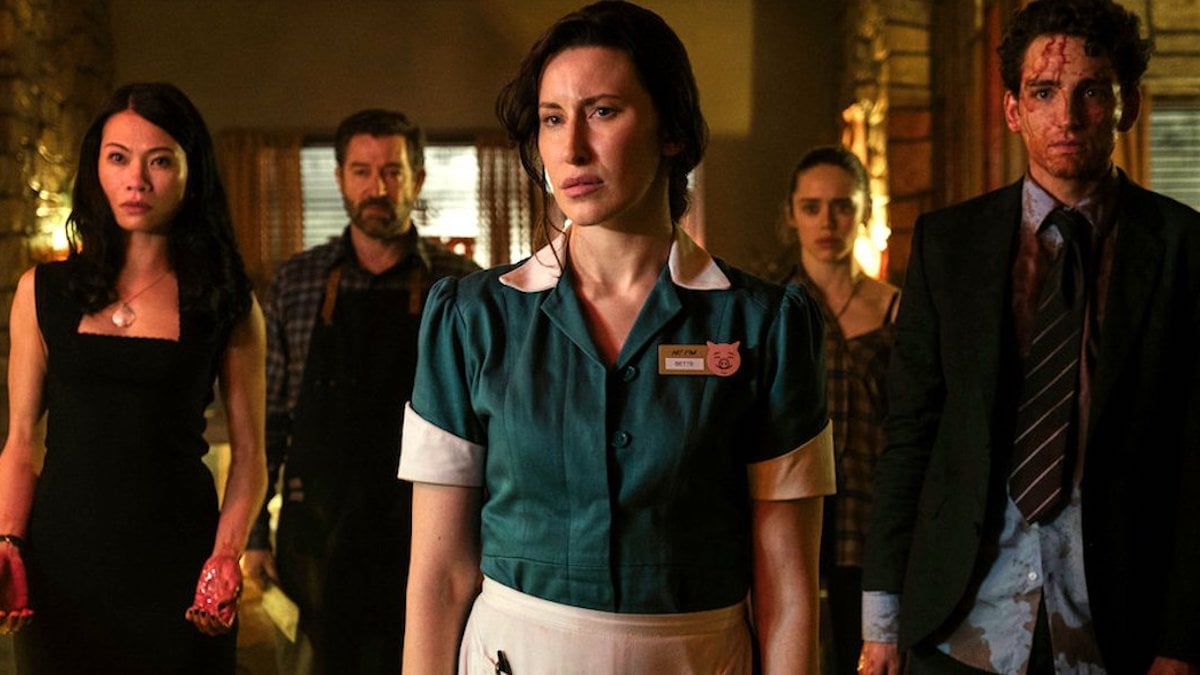Warning: Massive spoilers ahead for Netflix’s The Sandman and Neil Gaiman’s comic book series.
Neil Gaiman’s comic book series, The Sandman, etches a complex, haunting tale that melds history, mythology, horror, and fantasy together. The sheer scale and breadth of The Sandman, coupled with the wondrous realms the story features, was considered almost impossible to adapt on screen. Now that Netflix has managed to successfully adapt The Sandman into a taut, operatic series, it is time to dive into one of the most harrowing episodes of the first season: “24/7.”
“24/7” is based on Gaiman’s comic in The Sandman series, titled “24 Hours,” which is illustrated by artist Mike Dringenberg. “24 Hours” is a terrifying read: one of the series’ antagonists, John Dee (also known as Doctor Destiny), uses Morpheus’ Dreamstone to warp the fabric of reality inside a 24×7 diner. The comic in question unravels like an endless nightmare, as Dee utilizes the Dreamstone’s powers to manipulate the diner’s patrons as per his will, leading to them killing one another in the end.
Netflix adapts this particular storyline in a way that is less graphic and horror-inducing, but the episode still emerges as one of the darkest in terms of the themes explored in season 1. What exactly goes down in the horrifying diner episode, and what are the implications? Let’s find out.
A nightmarish loop
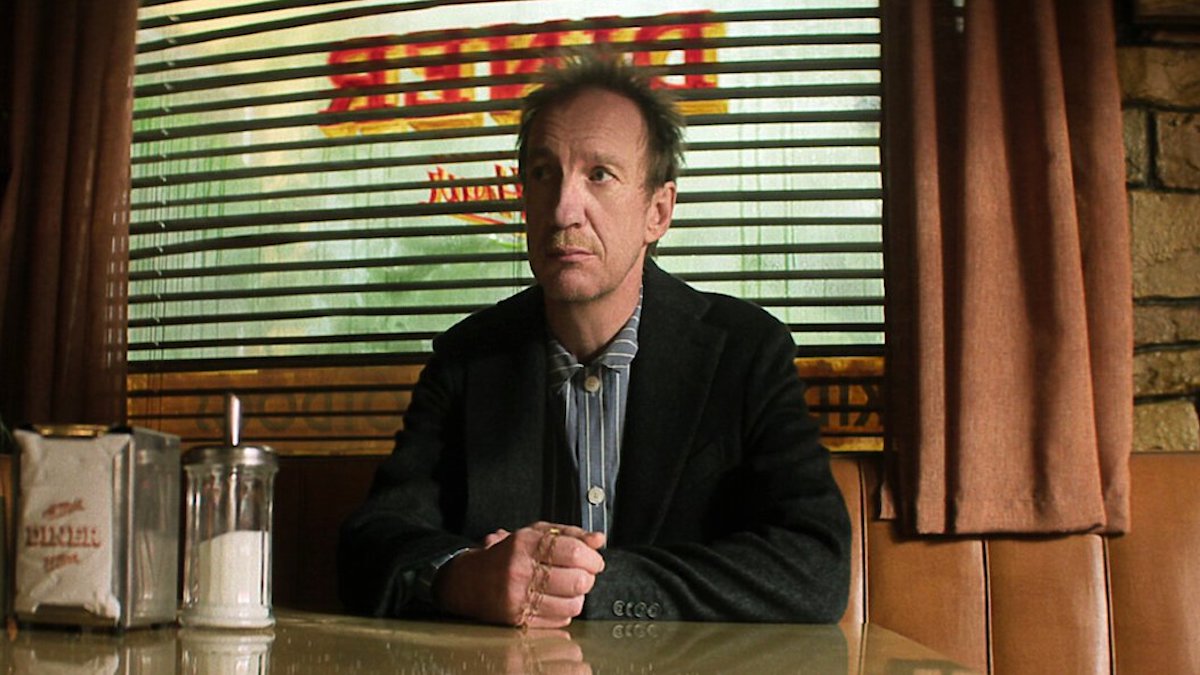
Netflix’s The Sandman eases up into the diner episode gradually. We see John Dee (played by David Thewlis) entering the diner with Morpheus’ ruby, quietly observing the patrons and their behavioral patterns. Dee experienced his fair share of personal trauma growing up, and his childhood was pretty emotionally unstable to begin with. As Morpheus’ ruby was never designed for human use, the artifact’s power corrupted Dee over the years, leading to an incident in which he kills people with its power. After he modifies the ruby’s structure to better serve his will, Dee is locked up in a psychiatric ward, and we see him escaping the facility in the present day.
Dee observes the waitress, Bette (Emma Duncan), indulging in white lies with her patrons in order to please them. While this is not a sin, by any means, Dee believes that the world would be a much better place if people are more honest and forthcoming with one another. Per Dee, the diner’s patrons — Kate (Lourdes Faberes), Gary (James Udom), Judy (Daisy Head), and Mark (Laurie Davidson) — are all living out a lie, hiding essential truths about themselves and others while maintaining a facade. For instance, Bette takes pride in the fact that she acted as a matchmaker for Kate and Gary, and happily welcomes the couple inside the diner. The seemingly happy couple are the picture of perfection until the ruby’s powers reveal the truth. Kate and Gary despise each other but choose to remain together to keep up appearances.
In the comics, Dee’s intention was to create a loop of loss and chaos, simply because he could. The show humanizes Dee to a great extent: here, he simply wishes to rid the world of lies and hopes people will be happier without them. To achieve this, Dee manipulates the characters to reveal their deepest desires, act on their basest instincts, and tell the truth — no matter how brutal — at all times. The consequences are horrific, as the characters are forced to face their inner demons and things start to get progressively uglier from hereon.
The power of dreams
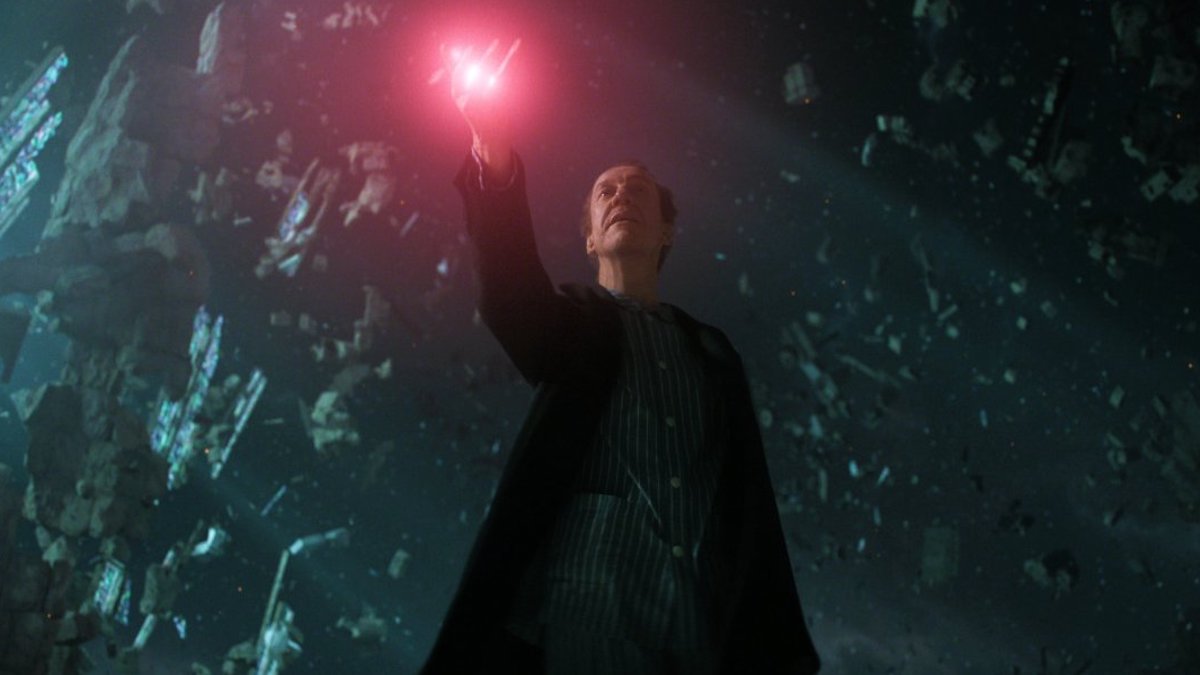
Although Dee views his actions as inherently benevolent, there is a sense of unhinged malice in the way he completely alters the lives of the diner patrons within the span of 24 hours. Unable to deal with the consequence of their actions, the characters turn on one another, and Dee further manipulates them into resorting to violence. What happens next is extremely horrific. Dee watches the murders take place while calmly slurping on ice cream, exhibiting no empathy or remorse at any point. Instead, he simply proclaims that the truth, although uncomfortable, is a necessary evil, and needs to be emphasized at all times.
After the carnage ends, Dream (Tom Sturridge) arrives at the diner, questioning Dee about his actions. He defends his deeds as an act of mere kindness, highlighting the emptiness and cruelty of the now-dead patrons. Dream retorts by saying that all Dee has managed to accomplish is that he has robbed them of their dreams, and their lives. While the patrons committed objectively terrible deeds in their lives, their dreams of being better and happier kept them alive. For instance, Bette aspired to be a writer, wanting to be liked by everyone, while Gary hoped to regain control of his life and accomplish something of his own accord. Dream says that Dee has planted the seeds of death and destruction, and his perceived kindness is nothing but the prettiest form of human hypocrisy.
How Gaiman and Dringenberg’s comic compares to the episode
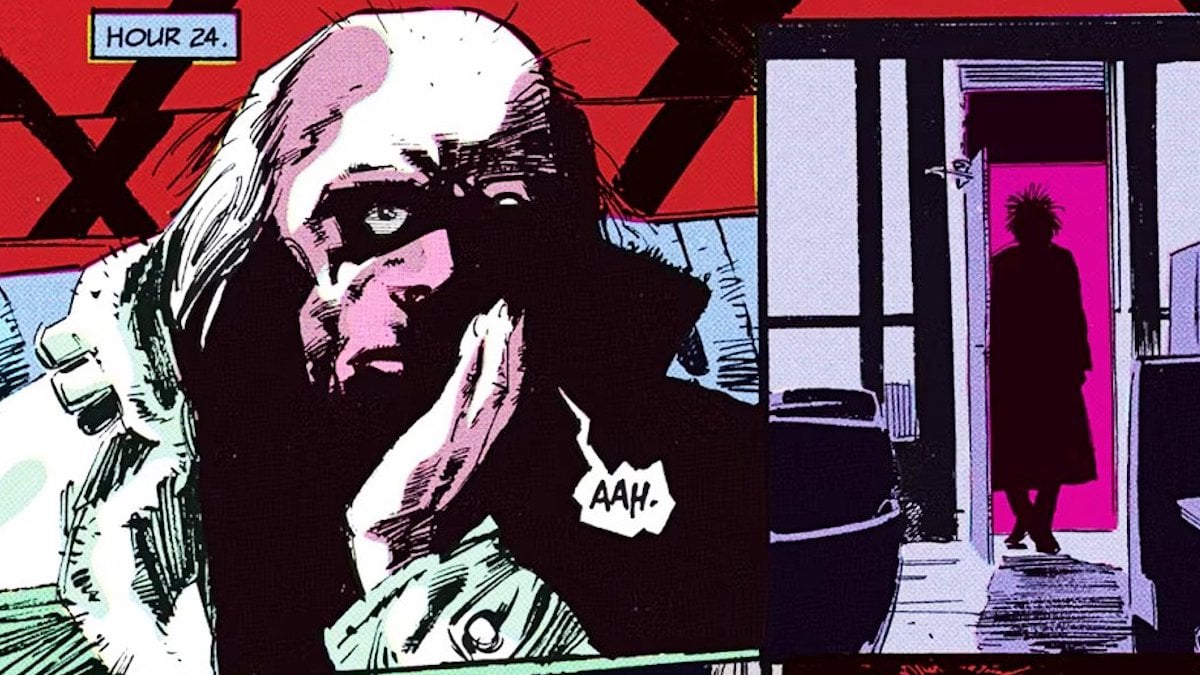
“24 Hours” is, hands-down, one of the most horrific entries in the DC Comics universe. The artwork is gritty and absolutely terrific, perfectly capturing the hopeless dread that the patrons experienced before their imminent deaths. The comics’ storyline is more hard-hitting than that of the show, as the deaths are gorier and the personal motivations of the patrons more grotesque. The “24/7” episode is a more sanitized, PG version of the comic, but still manages to evoke a sense of nihilism across its runtime.
Here’s an example of how the comic portrays the nuances of Kate and Gary’s dynamic, highlighting the deep-seated issues in their relationship in a disturbing, visceral way:
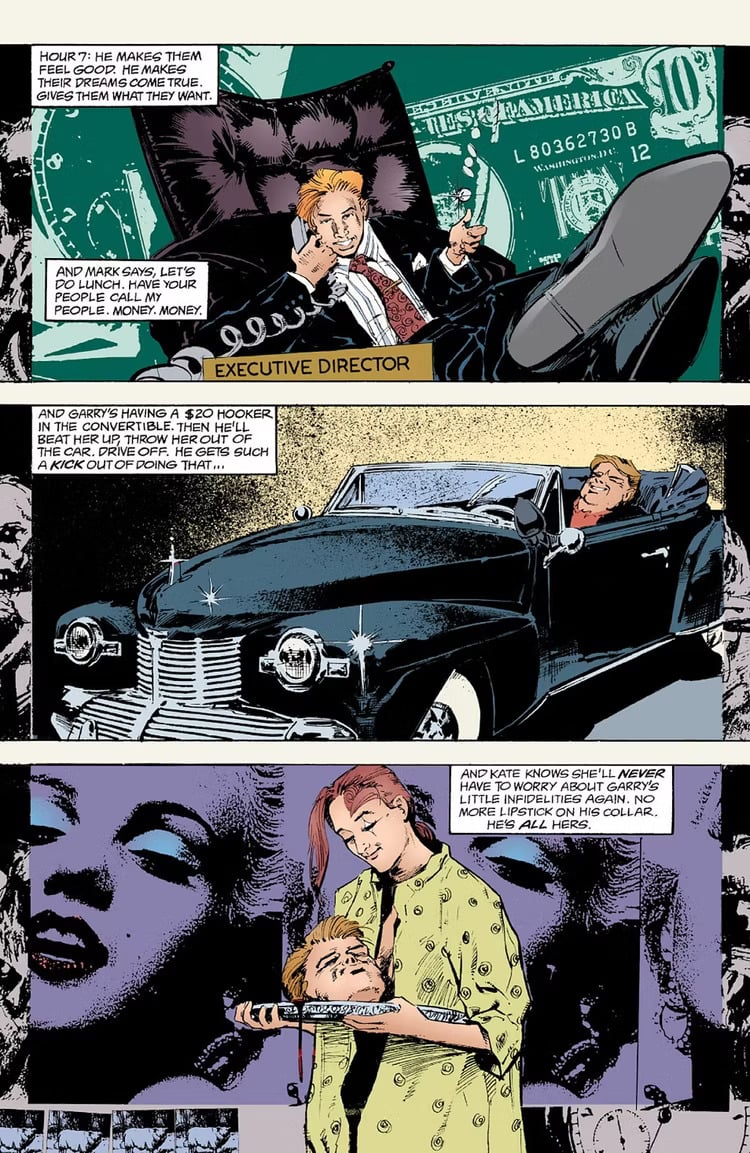
In essence, the diner episode in Netflix’s The Sandman does a good job of capturing the raw terror of the comic but does not come close to mirroring the complexity of the comic issue. Nonetheless, the episode is a clear standout in the series from a horror standpoint and paints Dee as a deeply troubled, quietly menacing anti-hero in the narrative. After all, no matter how horrific Dee’s deeds are, he is no Corinthian, who is posited as the first serial killer on Earth and a supervillain worth watching out for.

